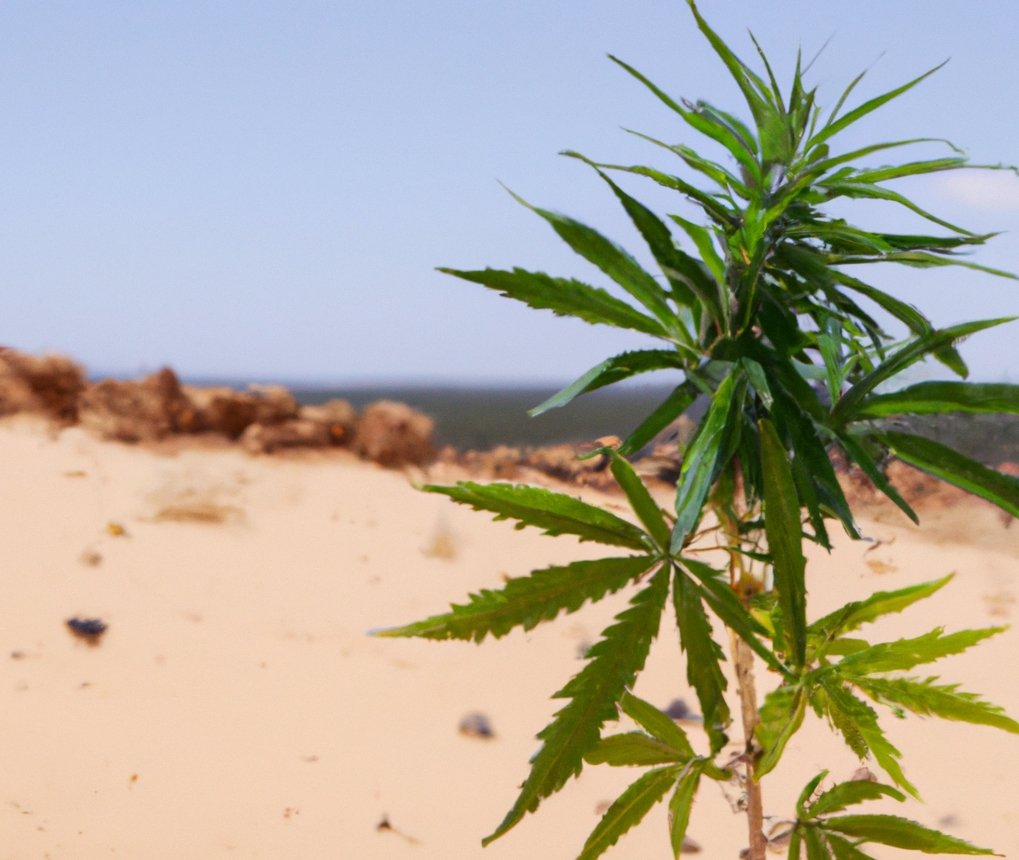Hemp and cannabis are two of the fastest-growing industries in the United States, with hemp products ranging from food and clothing to building materials, while cannabis has a growing demand for both recreational and medicinal purposes. However, climate change poses a significant threat to these industries, with rising temperatures and shifting precipitation patterns potentially affecting the growth, yield and quality of crops, leading to changes in the supply and demand of these products.
Impact of Climate Change on Hemp and Cannabis Crops: Hemp and cannabis are sensitive to changes in temperature and precipitation patterns, and the increasing frequency and severity of extreme weather conditions such as droughts, heat waves, and hurricanes can cause significant damage to crops. In addition, rising temperatures may also increase the risk of pests and diseases, further reducing the production and availability of these crops.
As a result, the supply chain of hemp and cannabis products may be disrupted, potentially leading to higher prices for consumers and reducing the profitability of these industries. Moreover, the supply chain may also become more vulnerable to disruptions, with extreme weather events potentially causing transportation disruptions, power outages, and other logistical problems that can further impact the industry.
Regional Impacts: While the overall impact of climate change on the American market for hemp and cannabis is uncertain, certain regions are likely to be more heavily impacted than others. For example, areas that are already experiencing the effects of climate change, such as California and the Southwest, are likely to experience further reductions in crop production due to prolonged droughts, increased pest and disease pressures, and higher temperatures.
On the other hand, some regions may benefit from these changes, as warmer and drier conditions may extend the growing season in areas where the climate is typically too cool for these crops. For example, regions in the northern part of the country that have traditionally had shorter growing seasons may now be able to grow these crops year-round.
Impact on the Cannabis Industry: The cannabis industry is expected to be heavily impacted by the effects of climate change, with the increasing demand for recreational and medicinal use leading to further pressure on the supply chain. As a result, companies in the industry will need to adapt to these changes to ensure the continued growth and success of the industry.
One potential adaptation could be the use of greenhouses, which can provide a controlled environment for growing crops, allowing companies to mitigate the impact of extreme weather conditions and pests and diseases. Additionally, companies may also need to adopt innovative growing techniques, such as hydroponic or aeroponic systems, which can further increase the resilience of the supply chain.
Conclusion: In conclusion, while the impact of climate change on the American market for hemp and cannabis is uncertain, it is clear that the industry will need to be proactive in adapting to these changes to ensure its long-term success. By utilizing new technologies and innovative growing techniques, the industry can mitigate the impact of climate change and continue to thrive in the future. Moreover, companies in these industries will also need to be proactive in addressing the potential supply chain disruptions that may occur due to extreme weather events, ensuring that they are well-positioned to continue meeting the growing demand for these products.





